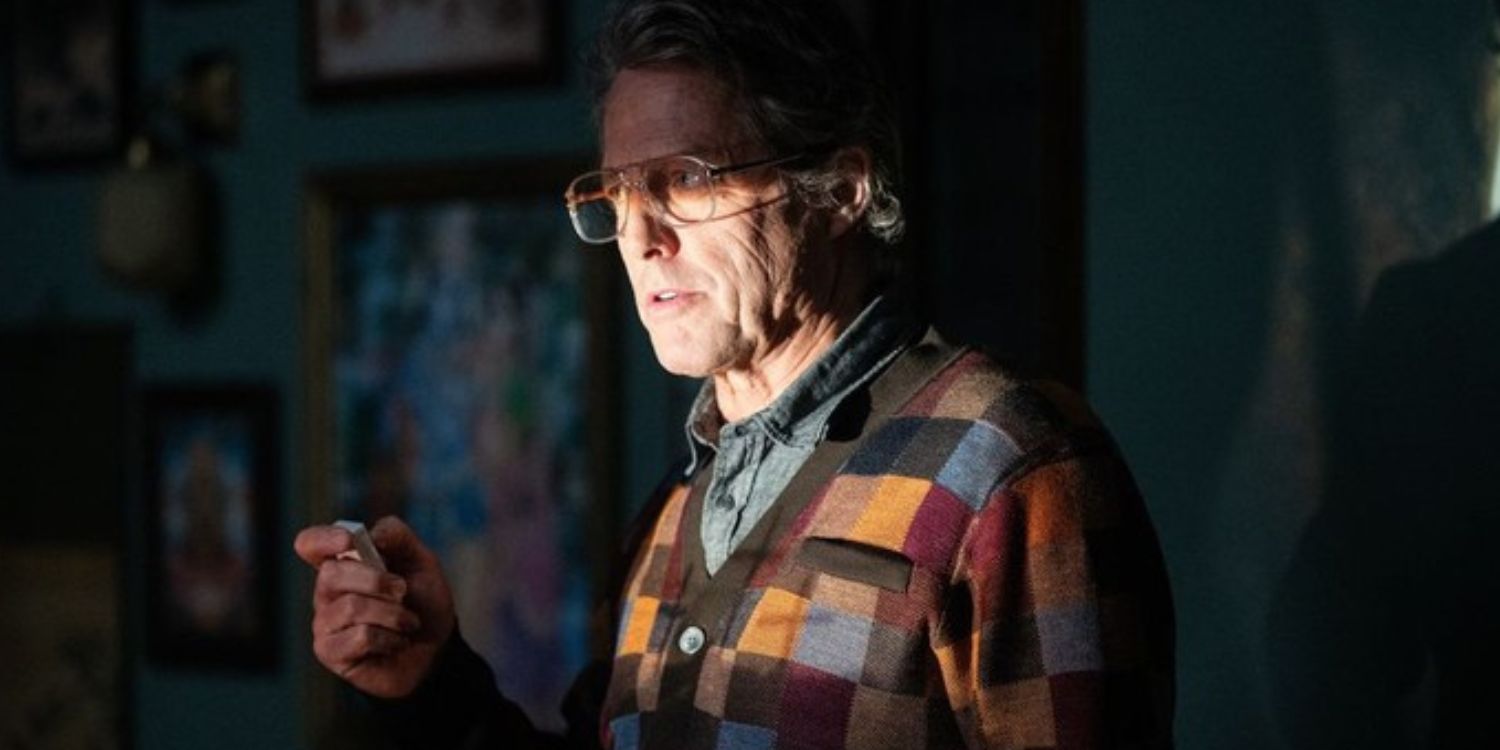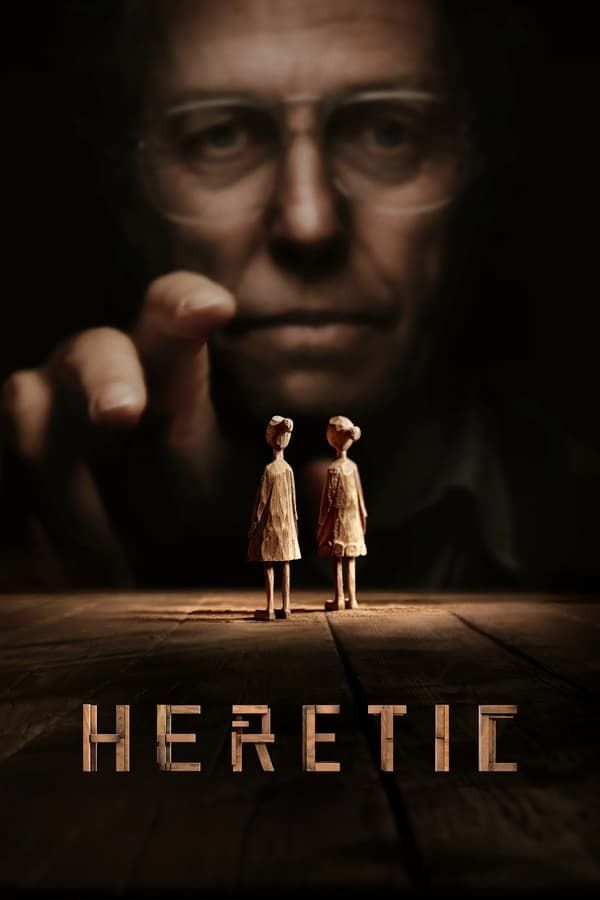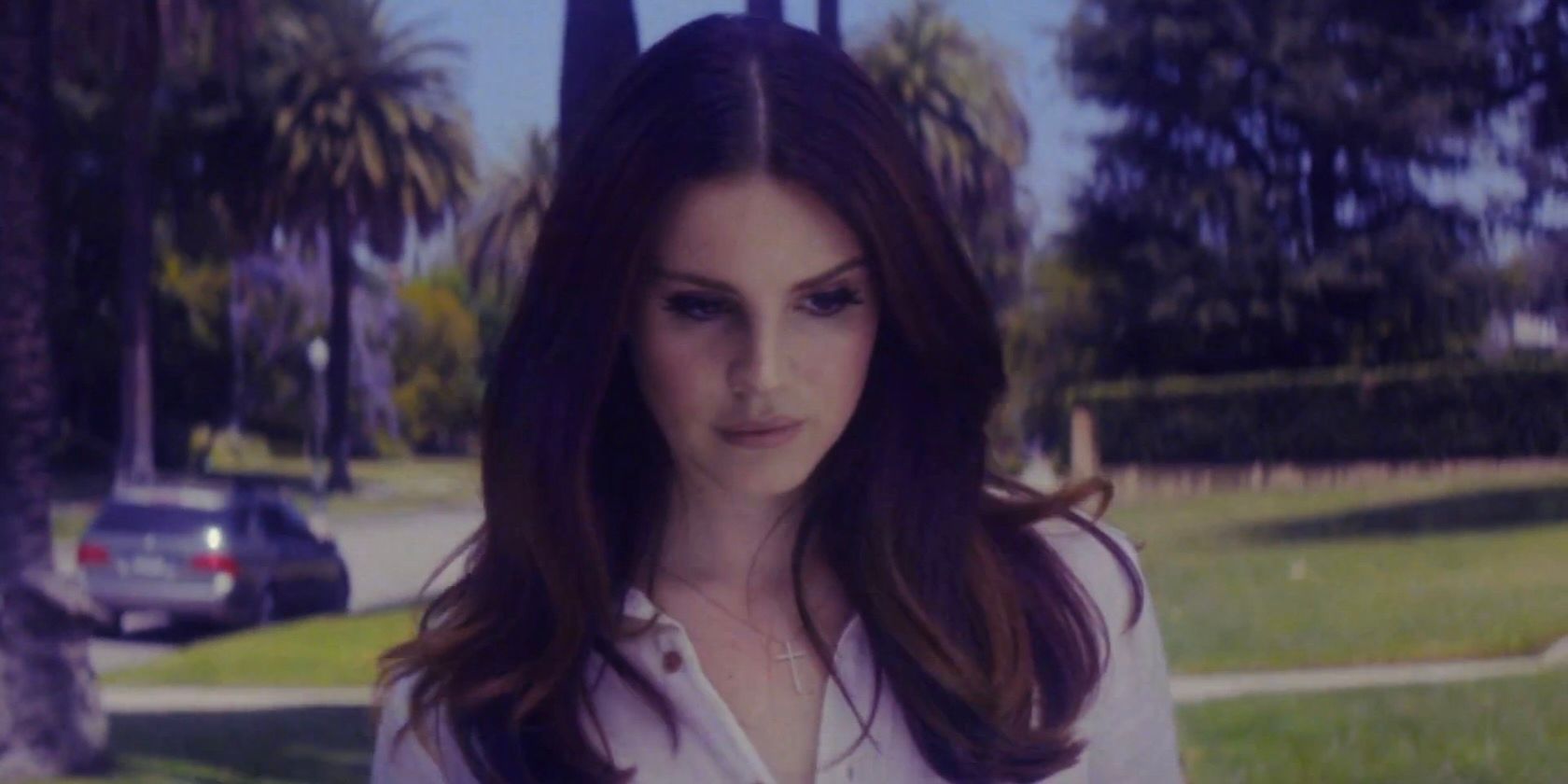Warning: This Article Contains Spoilers for Heretic
The main antagonist of Heretic is the devilishly charming Mr. Reed (Hugh Grant). Obsessed with theology and figuring out what is the truth behind all religions, he puts Heretic’s leading women, Sister Paxton (Chloe East) and Sister Barnes (Sophie Thatcher), through the ringer. After inviting the Mormon women into his home, they cannot leave unless they entertain Mr. Reed’s religious lectures and tests.
One theory Mr. Reed proposes is that all religions are reiterations of each other, which means they are at the root the same. To prove his point, Mr. Reed makes a few comparisons to other instances of popular media or games that remix their predecessors. One example is the song “Creep” from the band Radiohead, which Mr. Reed sings after revealing to the sisters it was ripped from a 1972 song by The Hollies. He also reveals the legal battles over “Creep” continue beyond that with Lana Del Rey, and these arguments over what is original and what is a remix can be applied to religion. Mr. Reed is not far off when it comes to his claims about “Creep,” even when his arguments about religion are subject to debate.
Radiohead’s Creep Did Get the Band Sued
Is “Creep” Copying The Hollies’ “The Air That I Breathe?”
As reported by Digital Music News, in the ’90s, Radiohead was threatened with a lawsuit from Albert Hammond and Mike Hazlewood. These two are the writers for The Hollies, and they believe their song, “The Air That I Breathe,” was copied by Radiohead, thus leading to the creation of the smash hit song by Radiohead.

Related
Heretic Box Office Hits Break-Even Point While Passing Huge Milestone In Week 2
Heretic, starring Hugh Grant, has seemingly hit its break-even point during its second weekend at the box office along with passing a major milestone.
However, the lawsuit was settled outside of court, so Radiohead is free of guilt, technically. That said, Hammond and Hazlewood received writing credits on the Radiohead song, and they continue to earn a percentage from “Creep” as a result. The fact there was the threat of a lawsuit between Radiohead and The Hollies legitimizes Mr. Reed’s plan and theory in Heretic, as there is a paper trail confirming the similarities between the songs. What further legitimizes his example is how history repeats itself when Radiohead accused Lana Del Rey of doing what they were accused of doing in the ’90s.
Lana Del Rey Ended Up in Hot Water for Copying Creep
Radiohead Repeats History by Having a Copyright Dispute Over “Get Free”
Fast-forward to 2018, Radiohead notices their song “Creep” shares similarities with the song “Get Free” from Lana Del Rey’s album Lust for Life. As Vulture reports, based on Del Rey’s account, the rock band sued her over these similarities, and Del Rey accused them of coming for 100 percent of the song’s publishing rights after she tried to extend an olive branch, offering them 40 percent. Radiohead’s attorneys, according to Vulture, disputed Del Rey’s claims and confirmed there were copyright negotiations between the musicians but not an official lawsuit.

Related
Who Is The Bird God In Heretic? Religious Background & Jesus Parallels Explained
Heretic suggests that many religious figures, including Jesus Christ, share a common origin story. Horus shares traits with Jesus’ story.
The similarities at the root of this issue are ambiguous, with Radiohead’s publisher claiming “Get Free” uses musical elements from “Creep.” Along with this ambiguity, Vulture points out that this could pertain to a common chord progression, which is something that cannot be copyrighted. Because of this, songs sharing some musical elements with other songs are not always an intentional remix, which connects to Sister Barnes’ counterargument against Mr. Reed’s one true religion theory in Heretic.
How Heretic’s Creep Uses the True Story to Underscore Its Themes
Mr. Reed Believes All Religions Share the Same Origin, Just Like “Creep” and “Get Free”
Hugh Grant’s evil Heretic character, Mr. Reed, brings up the copyright debacle of “The Air That I Breathe,” “Creep,” and “Get Free” because he believes, like these songs, religions are remixing each other, and they are the same at their core. He also uses the board game Monopoly to demonstrate this claim. There is the original game, The Landlord’s Game, which did not pick up as much traction as the remake, Monopoly. This then leads to a number of remixes of Monopoly with different packaging. He claims this is also how Judaism led to Christianity, which branched off into a wide variety of religions, like Mormonism.
Despite all his examples, allegories, and metaphors, Sister Barnes, who chose a different belief door in Heretic than Sister Paxton, finds many holes in his argument. Mr. Reed picks and chooses what best serves his narrative in Heretic, ignoring other evidence that could make his claim seem weaker. Even his comparison to these songs is not as strong as he wants it to be because, as is the case for “Get Free” and “Creep,” the similarities present do not mean one is intentionally copying the other.

Two young women of faith are drawn into a deadly game of cat and mouse after seeking refuge in the house of a mysterious and unsettling man. As they navigate a labyrinth of psychological and supernatural horrors, their beliefs and survival instincts are pushed to the limit.
- Director
- Scott Beck , Bryan Woods
- Release Date
- November 8, 2024
- Character(s)
- Mr. Reed , Sister Barnes , Sister Paxton , Elder Kennedy , Prophet
Source link



















Add Comment